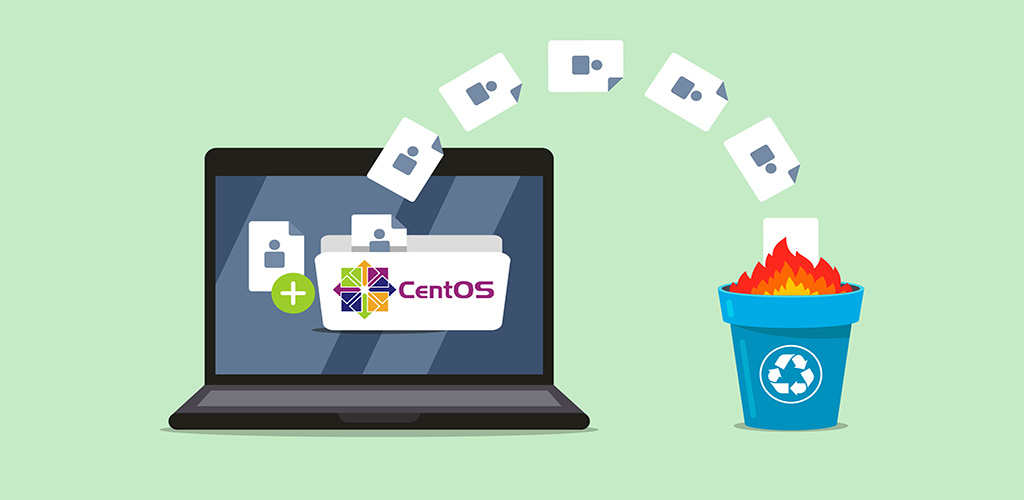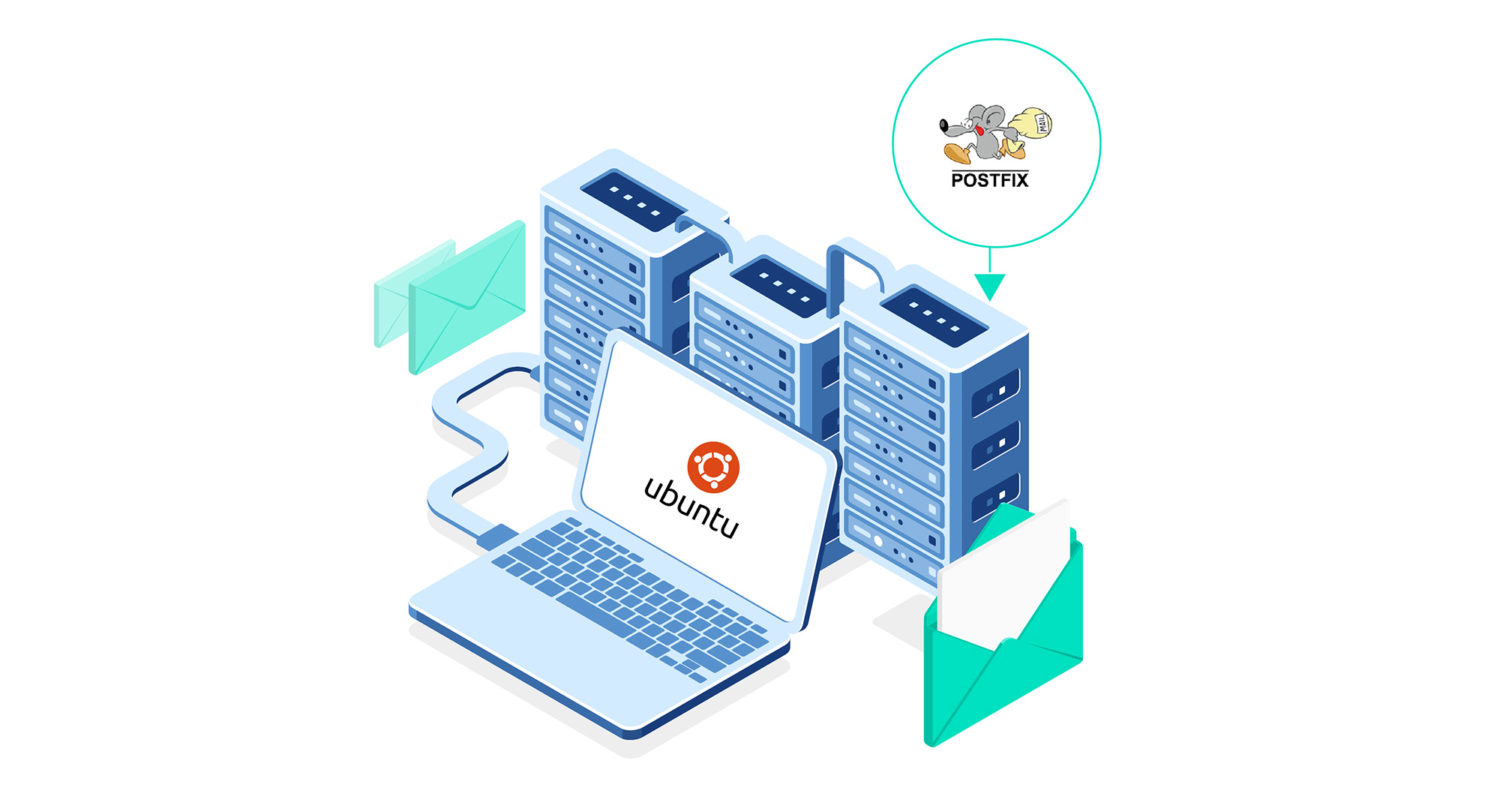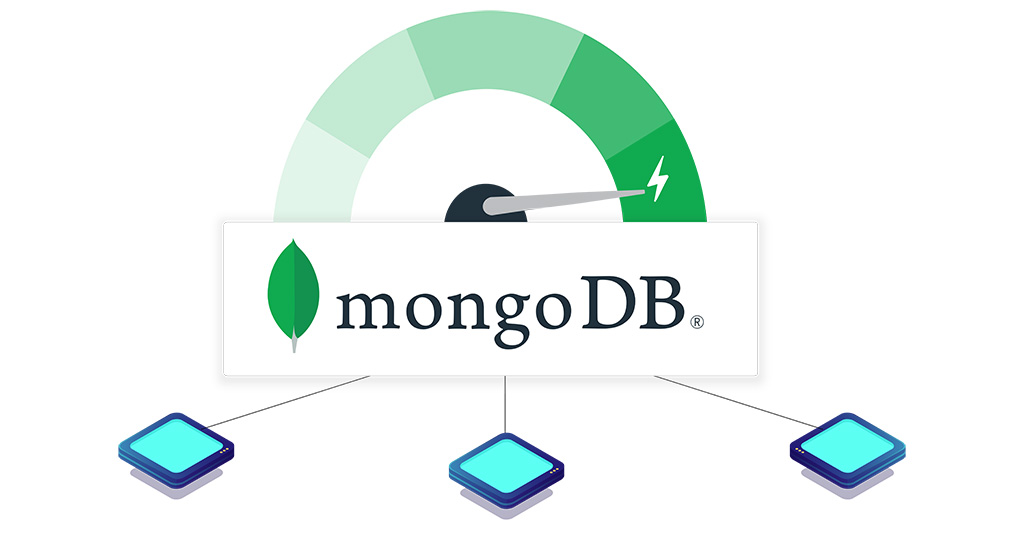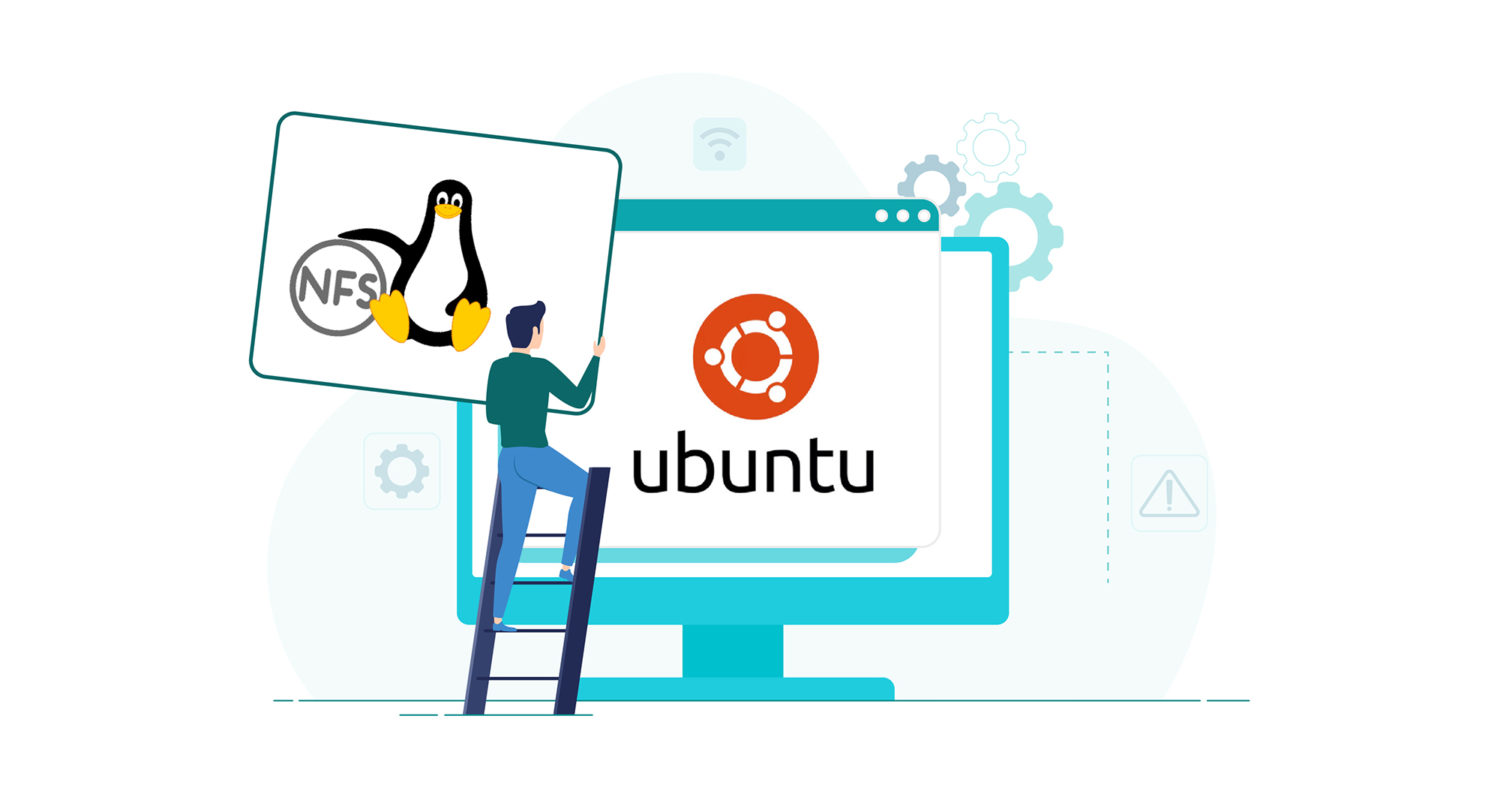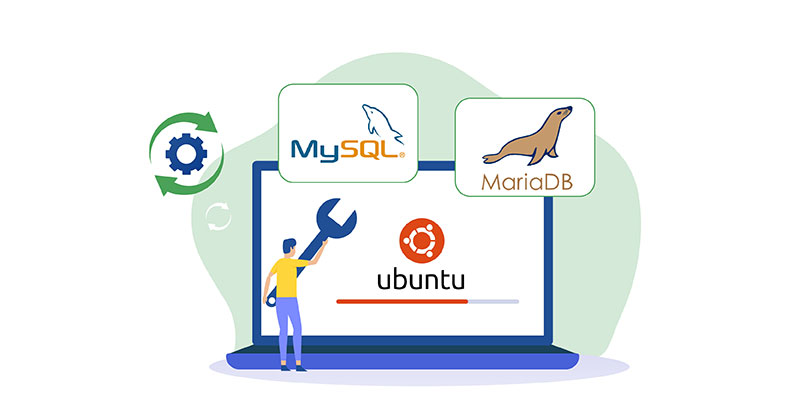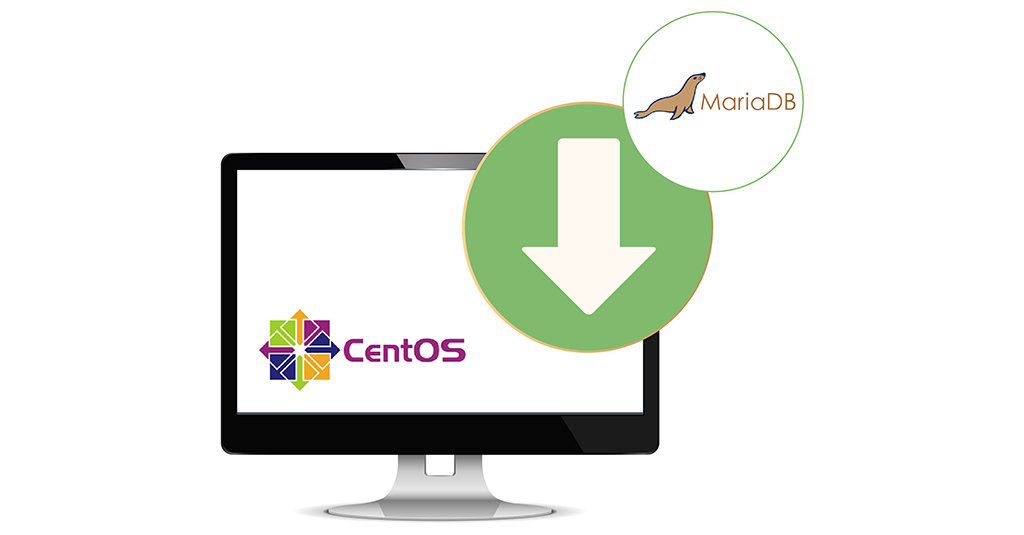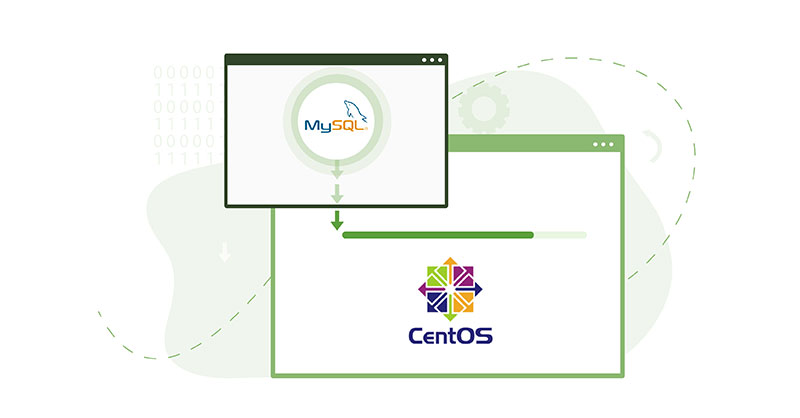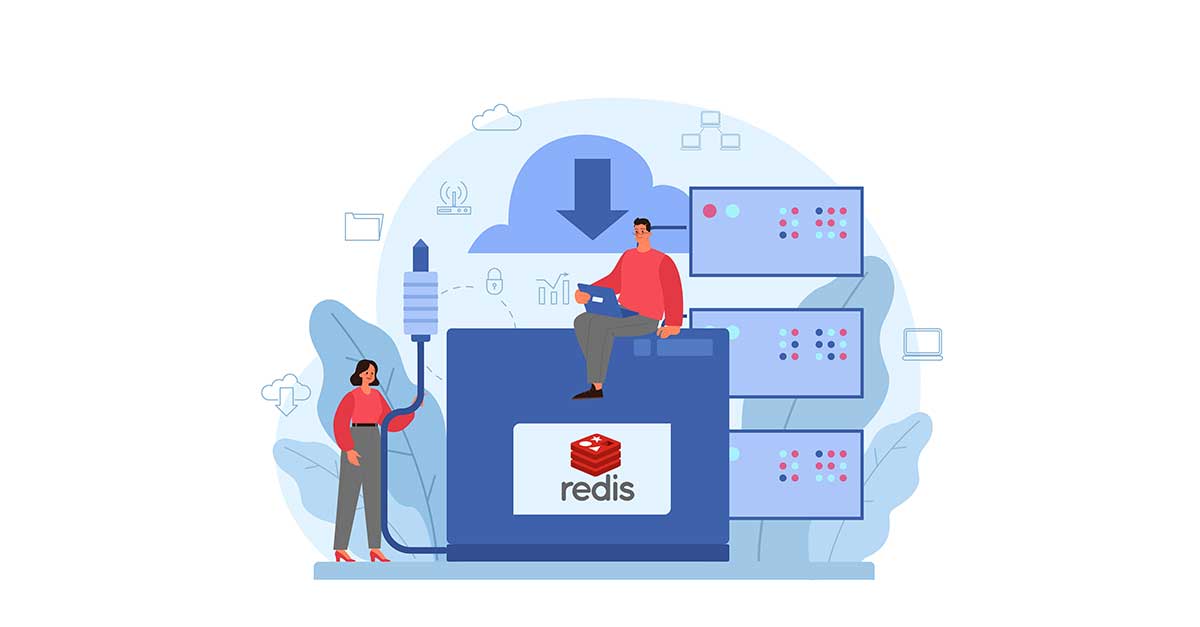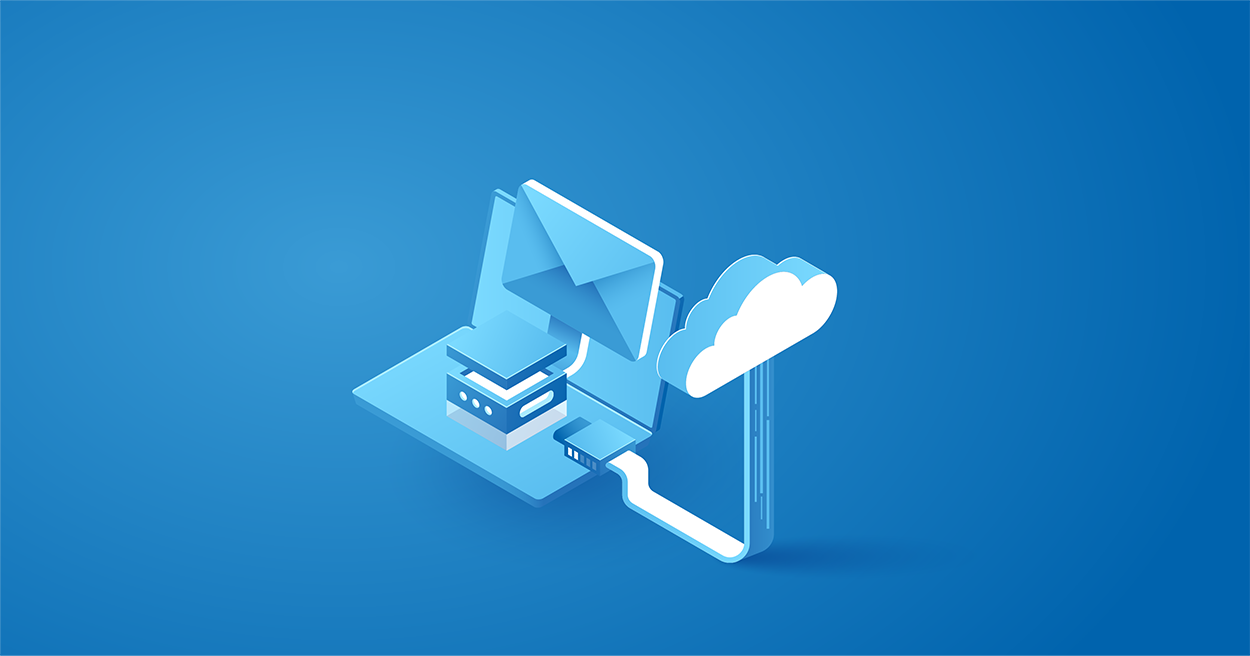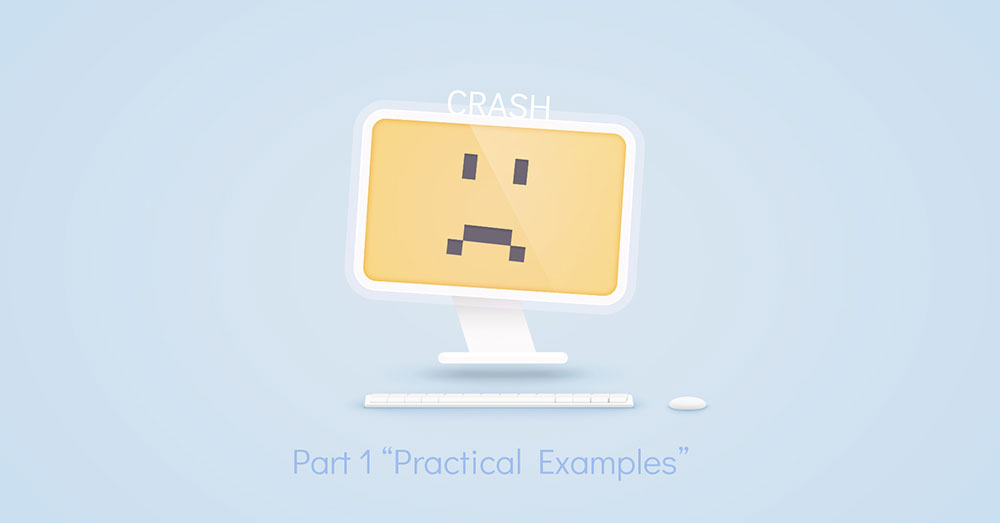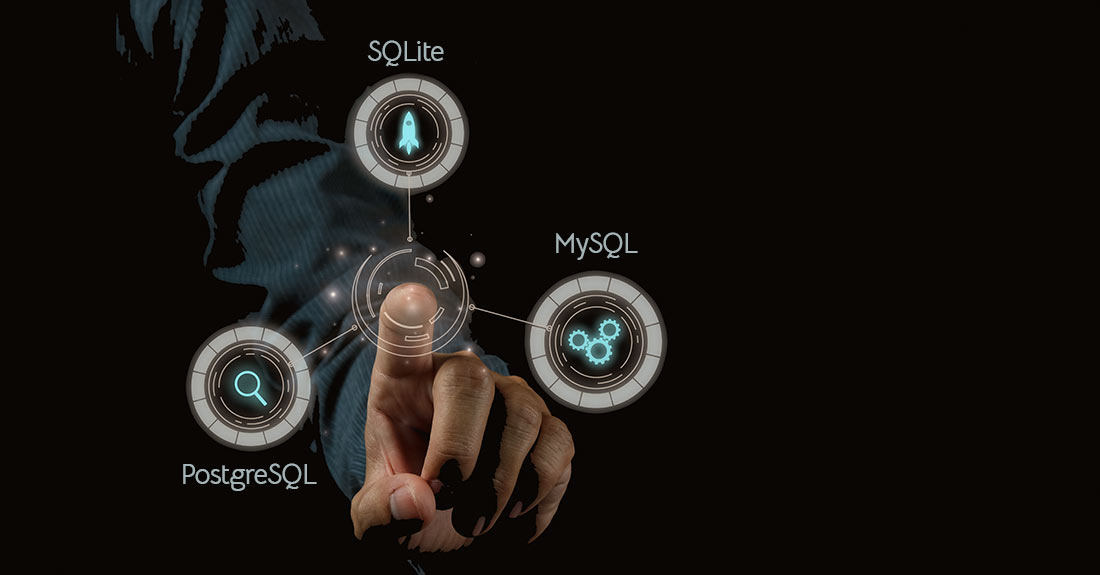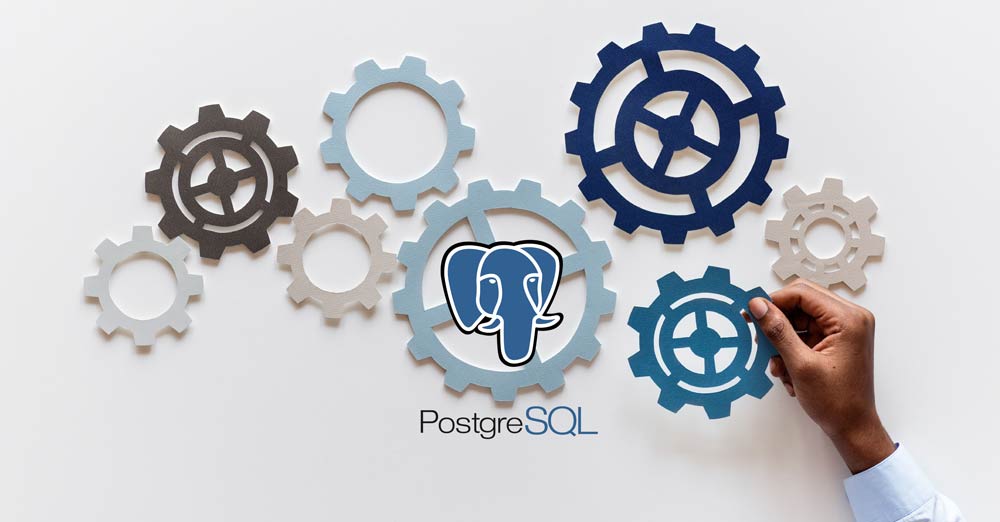Linux is a multi-user operating system. Having proper knowledge of user management is crucial to proper system administration. If you are configuring a fresh Linux server, adding and deleting various users is usually one of the first things you have to do. This guide outlines the steps of adding and deleting users on CentOS 8. Prerequisites Creating and deleting users …
Installing and Configuring Postfix as a Send-only SMTP Server on Ubuntu 20.04
Postfix is a popular free and open-source software that acts as a mail transfer agent (MTA). The job of Postfix is to route and deliver emails. Besides the classic usage, Postfix can also be configured to send emails by local applications only. This application of Postfix is a useful trick to deploy in various situations. For example, it can be …
Improving Availability and Site Performance Using a Replica Set with MongoDB Auto-Clustering
Auto-clustering enables you to create a replica set of your entire database. MongoDB is a stack you can use on your CloudSigma PaaS platform to make the process incredibly easy- you can make a reliable replica set with just one click. There are many benefits to automatic clusterization, some of which include: High Data Availability It is a great strategy …
Setting Up an NFS Mount on Ubuntu 20.04
The Network File System (NFS) is a distributed storage solution. It’s a file system protocol that allows mounting remote directories on the local server and uses it as if it was local storage. NFS allows multiple clients to share remote storage. It is well-suited for environments that regularly require shared resources. NFS is built on the ONC RPC (Open Network …
How to Reset MariaDB or MySQL Root Password
MySQL is one of the most popular database systems out there. It’s an open-source relational database management system that follows a client-server model. MySQL is at the core of many of the online services we enjoy on a regular basis. MariaDB is a community-developed fork of MySQL that enjoys commercial support. In the MySQL ecosystem, root is the default user …
Installing MariaDB on CentOS 7
In the world of database engines, MySQL and MariaDB are two of the major players. MariaDB is practically MySQL with some key changes. It’s a community-developed fork of MySQL backed by commercial support, for example, Wikipedia, Google, WordPress.com, etc. MariaDB is free and open-source and guaranteed to stay so. In this guide, we will guide you through the steps of …
How to Install MySQL on CentOS 7
MySQL is one of the most popular database management systems for websites and server applications. For webmasters, it is an essential tool to learn. MySQL is a relational database that uses SQL (Structured Query Language) for managing its data. MySQL is commonly installed as a part of the LEMP stack that contains Linux, Nginx, MySQL/MariaDB, and PHP/Perl/Python. You should have …
How to Install and Secure Redis on Ubuntu 18.04
Redis is a powerful in-memory key-value store that can be used as a database server, cache, and message broker. It’s widely known for its fast performance, flexibility, and support for a wide variety of languages. It’s free and open-source software that’s written in the C programming language. In this guide, check out how to install and secure Redis on Ubuntu …
The Best Ways to Use Google’s SMTP Server
While many of us enjoy Google’s services in one form or another, very few seem to leverage the portable SMTP server feature that comes with Gmail and Google Apps email. The Google SMTP server is reliable and free of charge. Instead of managing a personal SMTP server on your CloudSigma workload, Google’s SMTP server can be set with almost any …
How to Configure a Linux Service to Auto-Start After a Reboot or System Crash: Part 1 (Practical Examples)
Introduction In computing, things don’t always go as planned. Oftentimes unexpected system crashes prompt system admins to initiate reboots and restart of individual services. Figuring out and restarting every service your application needs to run after a system crash or reboot can be tedious. In this first installment of the two-part tutorial, we will show you how to configure services …
SQLite vs MySQL vs. PostgreSQL: Relational Database Management Systems Compared
Introduction Database management tools are mostly used by the relational data model. This model organizes data into tables consisting of columns and rows. While this model remains dominant in terms of storing and managing worldwide data, there are other data models such as NoSQL and NewSQL out there. In this tutorial we will delve into three of the most widely …
How to Use Roles and Manage Permissions in PostgreSQL
PostgreSQL is an open-source DBMS which in turn uses SQL. It’s a very powerful tool that is used to manage applications and host web data on VPS. In this tutorial, you will learn how to manage permissions in PostgreSQL. It will help you to provide your application roles the required permissions. We will perform this tutorial using PostgreSQL on a …


